Drinking warm herbal tea is an ancient holistic practice meant to promote health, wellness, and vitality. Whether you're drinking a cup for health or love the soothing ritual, it's an even better experience with your own custom tea blends - learn how to make homemade teas with the basics of herbal blending.
Tea is the second most popular drink we consume across the world besides water itself - it outruns juice, soda, and even our near and dear hot cup of coffee.
While traditional dried tea leaves offer a small jolt of caffeine and some antioxidants, any herbalist will tell you that herbal tea offers many more benefits for your body.
According to Chinese medicine practitioners, we can use the powerful ingredients in dried herbs, roots, and flowers to improve our health and heal various ailments.
Herbal tea blends also taste and smell incredible, and the ones that utilize dried blooms are beautiful, too.
Whether you're looking to reap the herbal health benefits or simply enjoy a hot cup of great-tasting tea, follow our guide to making your own tea blend at home.
What is an herbal tea blend?
Herbal tea contains dried herbs, flowers, and roots, and while the name can be a little confusing, it has no actual tea leaves.
Why homemade herbal blends are best
Some store-bought herbal teas are relatively high-quality, but they typically cost a pretty penny. In contrast, others are so low-quality you may not be getting much of the actual herbal ingredients advertised.
Some manufactured blends use artificial flavors, which impact the tea's health benefits.
After discovering how to make your own tea, buy bulk herbs or grow and dry your own at home for the best quality tea that you can custom blend to your own preferences. If you do choose to use homegrown, ensure you don't treat them with any pesticides that are dangerous to consume.
Three key elements of herbal tea blending
A well-balanced herbal tea blend requires three different ingredients. Learn more about each element below and take note of the measurements. You'll always want the base to be a more considerable measure with a small bit of a complementary accent herb.
By keeping these proportions in mind, you'll create a perfectly balanced tea blend with flavor complexity that won't get muddled by too many elements.
#1: Blend bases & flowering notes: 3 parts
The base herb provides the focus and foundation for your tea. You may be making teas for specific health reasons, like tea for anxiety, improving digestion, circulation, brain function, and more. If you want particular benefits from your herbal tea, you'll need to pick the right herb for the job with relevant, helpful properties.
We have more information on herbal properties below - we'll delve into specific herbs once you understand the basics of creating a decent tea blend recipe.
#2: Complementary herbs: 1-2 parts
The complementary herb is the second most dominant herb in a tea recipe, and your primary goal is to choose an herb that will improve the tea's taste.
Sometimes the base herb might not be all that palatable but offers a significant benefit. The complementary herb can help tone down and improve the most intense flavors. If the base herb already tastes good, the complimentary herb will enhance the taste and add rich flavor complexity.
You can double up on the health benefits by choosing a complementary herb that offers some additional support for your body's function.
#3: Blend accents: ½ to 1 part
The accent herb adds a little flavor excitement and helps bring the DIY tea blends together. They're often quite strong and can easily overpower the herbal tea's flavor, so less is usually more for the blend accent.
How to choose your herbal tea ingredients
Herbal medicine is a complex system with 75-100 species recognized by the National Library of Medicine's herb garden and 3,000 species of herbs worldwide.
Learning to mix herbs for medicinal use requires years of learning and practice, but, fortunately, the small serving found in herbal tea blending recipes is unlikely to cause any harm, even for the beginner DIY tea maker.
Before you begin consuming herbs for medicinal purposes, you should consult a doctor who can take you through the process safely.
Commonly used base herbs
- Chamomile. Anthemis nobilis. This delicate floral fragrance is excellent for calming both the mind and bodily systems by supporting the digestive system, promoting sleep, reducing migraines, regulating menstruation, and reducing anxiety and stress.
- Holy Basil. Ocimum tenuiflorum. This adaptogenic herb reduces bodily stress, promotes calm, calms an upset stomach, and fights the common cold or other infections.
- Lemon Balm. Melissa officinalis. This herbaceous perennial helps soothe our negative emotions like anxiety and stress while promoting better sleep. Lemon balm also calms indigestion and can aid memory and brain function.
- Peppermint. Mentha piperita L. This deliciously fresh herb improves any herbal blend's flavor while aiding digestion, freshening the breath, and improving tension headaches.
- Dandelion Root. Taraxacum officinale. This pesky weed doesn't get enough credit considering its ability to support the gut, liver and promote healthy cholesterol levels.
- Hibiscus. Hibiscus rosa-Sinensis. These beautiful blooms aren't just a sight to behold - hibiscus fights inflammation with antioxidants, balances blood pressure, and aids liver function.
- Echinacea Root. Echinacea purpurea. This beneficial herb is often taken during cold and flu season as it helps improve immune function and supports healthy immunity.
- Nettle Leaf. Urtica dioica. Stinging nettle is a longstanding staple in herbal medicine to fight inflammation, support joint health, and improve common seasonal allergy symptoms.
Complementary herb options
When making tea, sometimes you may want to use a base herb as a complementary herb if it's a delicious one, like peppermint or hibiscus.
If your base herbs is a little funky tasting, try softening the flavor with one of these palatable herbs:
- Lavender. Lavandula angustifolia. This soothing floral herb tastes excellent as it calms you and promotes sound sleep.
- Rosemary. Rosmarinus officinalis. This savory herb is earthy and delicious while supporting blood circulation and doubling as a natural disinfectant.
- Rose Hips. Rosa rugosa. These blooms help fight inflammation, promote healthy joint function, and aids the immune system.
- Lemon Thyme. Thymus citriodorus. This citrusy herb reduces anxiety, treats bad breath, and aids healthy joint function.
- Calendula. Calendula officinalis. This plant adds a floral note and aids muscle function, menstrual symptoms, and soothes a sore throat.
- Elderberry. Sambucus nigra. This herb is a total immune booster that can also aid sinus function.
The best blend accents
With the base and complementary flavors taken care of, it's time for the icing on the cake of your herbal tea blends. An accent flavor may be a tasty herb from the lists above or a favorite spice.
Try one of these accent herbs and spices:
- Peppermint
- Spearmint
- Cinnamon
- Nutmeg
- Lemon Peel
- Honeybush
- Wild Rosebuds
- Lavender
Final notes: Our favorite herbal tea recipes
These homemade tea blends are measured in parts so you can make a batch as big or as small as you like - simply measure out 1 tsp of the tea blend for each cup you brew.
Stress relief chamomile blend
Use this blend to watch anxiety and stress float away as you sip your warm mug - take before bedtime to promote healthy sleep throughout the night.
Ingredients
- 3 parts chamomile
- 2 parts lemon balm
- 1 part holy basil
Tummy Soothing Blend
If your stomach is feeling unsettled or you ate one too many servings of a big meal, use this herbal tea mix to support digestion.
Ingredients
- 3 parts peppermint leaves
- 2 parts fennel seeds
- ½ part ginger
Try these sample blends, then get to work mixing, blending, and experimenting with making your own teas at home!
Bookmark this page to help you make your favorite teas at home!
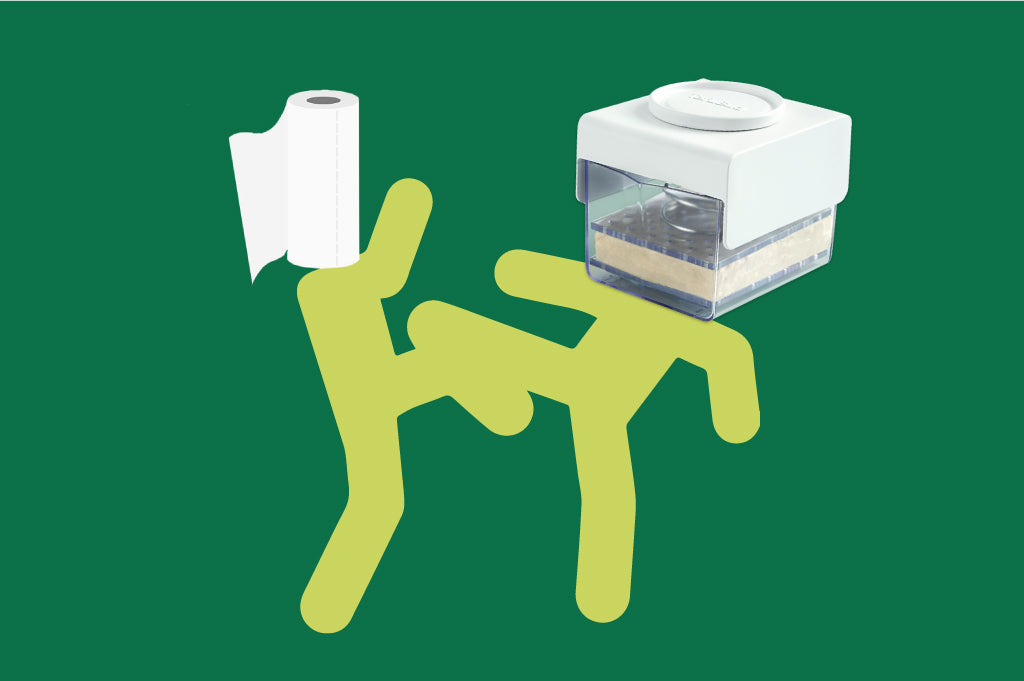



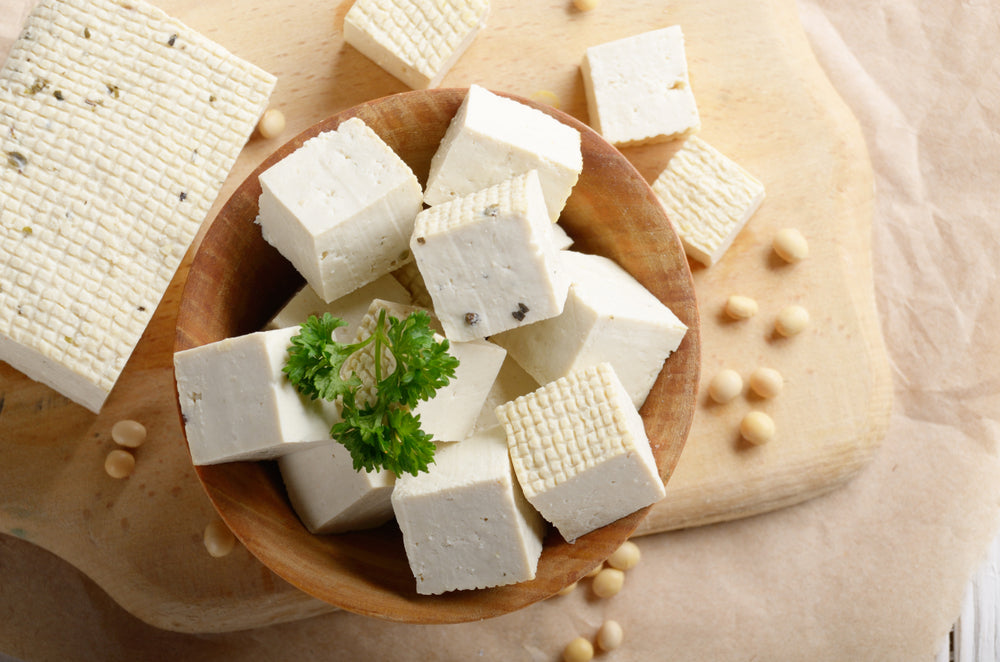
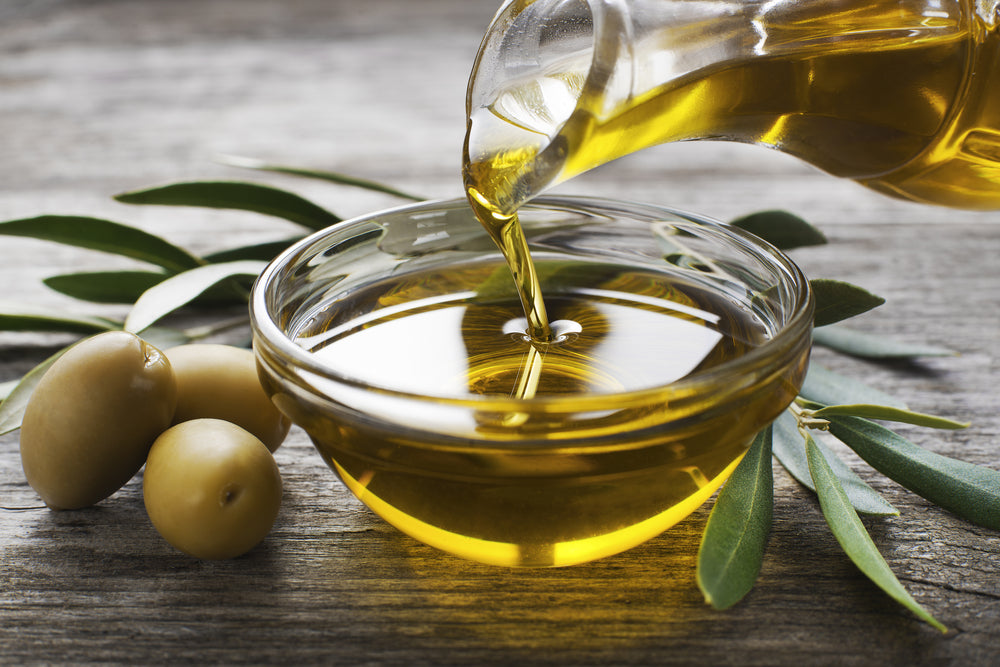
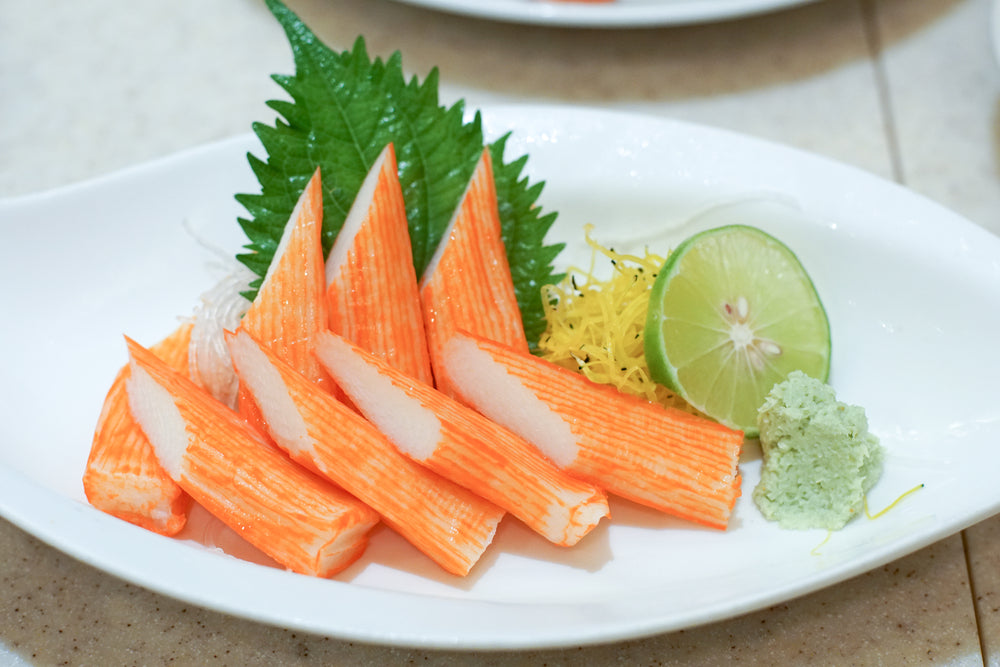
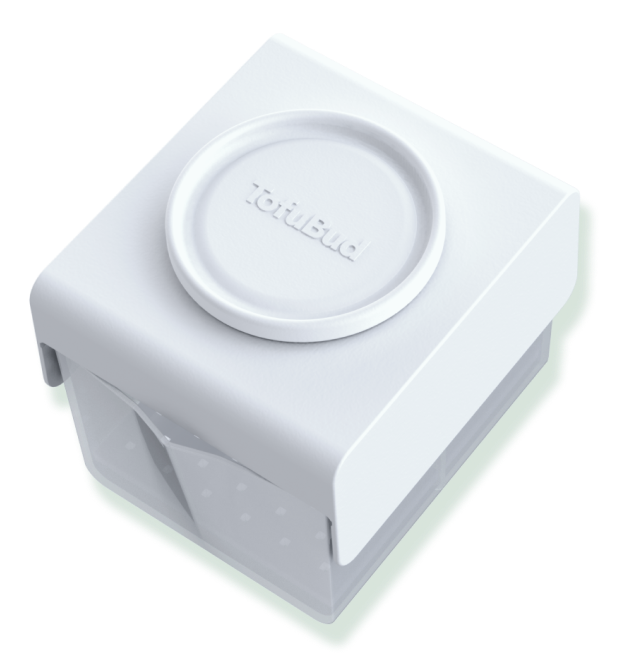
Leave a comment (all fields required)